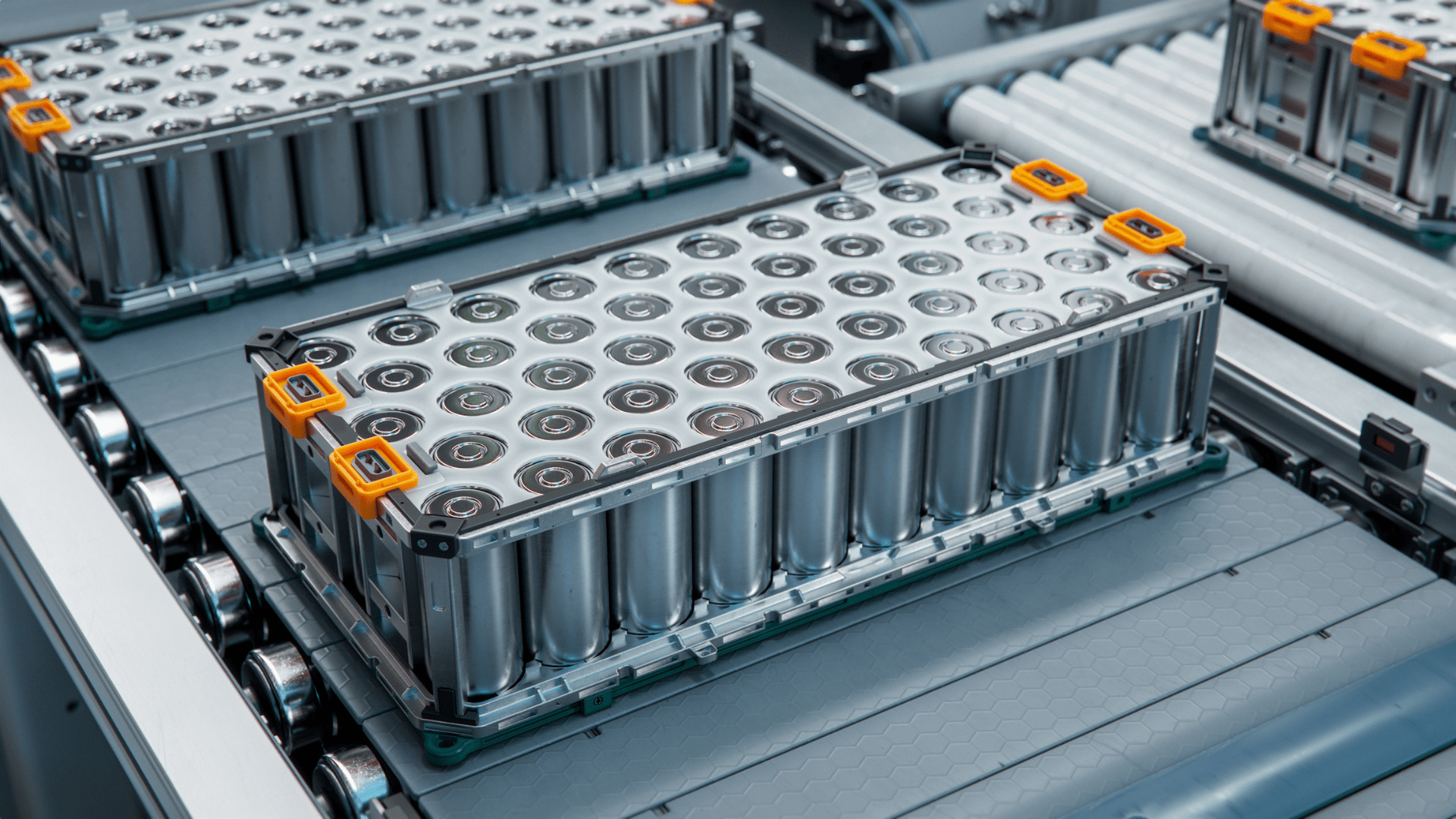Science
Stanford Team Unlocks New Energy State in Iron for Battery Tech

A team of researchers from Stanford University has achieved a significant breakthrough in battery technology by pushing iron into a higher-energy state than previously thought possible. This discovery could pave the way for the development of low-cost, high-performance batteries, potentially transforming the landscape of energy storage and related technologies.
The research, led by PhD students Hari Ramachandran, Edward Mu, and Eder Lomeli, involved a collaboration of 23 members from various U.S. universities, national laboratories, and partners in Japan and South Korea. Their work reveals that iron can release and reabsorb more electrons than understood before, opening doors to batteries that are not only more powerful but also cheaper than conventional cobalt- or nickel-based options.
Innovative Approach to Iron Chemistry
The team’s innovation lies in refining the structure of a compound made of lithium, iron, antimony, and oxygen. Through meticulous nanoscale arrangements, the researchers discovered that iron atoms could repeatedly give up and take back five electrons, a significant increase over the standard two or three electrons typically associated with iron.
When Ramachandran and Mu began their project in 2021, they faced challenges as their initial samples collapsed during charging cycles. They concluded that reducing the size of the particles to between 300 and 400 nanometers—approximately 40 times smaller than previous attempts—was essential. “Making the particles very small turned out to be a challenge,” said Ramachandran. Eventually, they developed a method to grow their crystals from a carefully mixed liquid solution.
In their electrochemical tests, the material exhibited remarkable stability, allowing iron to reversibly donate and reabsorb five electrons while maintaining its crystal structure. This stability was further confirmed through analysis by Lomeli and his advisor, Tom Devereaux, who specializes in modeling X-ray spectra. Their findings indicated that the additional electrons were facilitated not just by iron but also by oxygen, underscoring the collaborative behavior of the atoms within this intricate material.
Implications for Future Technologies
The resurgence of iron in battery science signifies a pivotal moment for energy storage solutions. Historically viewed as too low-voltage for advanced applications, iron-based cathodes are now emerging as sustainable alternatives to cobalt, which is not only costly but often sourced under hazardous conditions. “A high-voltage, iron-based cathode could avoid the tradeoff between higher voltage and higher-cost metals that previously dominated cathode materials,” noted Mu.
The concept of utilizing iron’s potential was first proposed in 2018 by former Stanford PhD student William Gent, who theorized that iron could achieve higher oxidation states if neighboring atoms were spaced appropriately. While Gent was unable to complete the experiment, the current team has realized this vision. Initial tests at Stanford’s SLAC-Stanford Battery Center confirmed that the lithium-iron-antimony-oxygen compound remained structurally intact and exhibited unique properties during charge cycles.
“Scientists have rarely reported high-voltage iron-based materials,” said William Chueh, co-lead author of the study. “Our detailed electronic structure exploration of this iron species provides conclusive evidence of oxidation beyond three electrons.” The full study was published in Nature Materials earlier this month, marking a significant advancement in the pursuit of more efficient and cost-effective energy storage solutions.
The implications of this research extend beyond batteries. The enhanced electronic and magnetic properties of iron could influence a range of technologies, including MRI machines, maglev trains, and superconductors. As the demand for sustainable energy solutions continues to rise, this discovery positions iron as a potential cornerstone in the evolution of energy technologies.
-

 Business2 weeks ago
Business2 weeks agoIconic Sand Dollar Social Club Listed for $3 Million in Folly Beach
-

 Politics2 weeks ago
Politics2 weeks agoAfghan Refugee Detained by ICE After Asylum Hearing in New York
-

 Health2 weeks ago
Health2 weeks agoPeptilogics Secures $78 Million to Combat Prosthetic Joint Infections
-

 Science2 weeks ago
Science2 weeks agoResearchers Achieve Fastest Genome Sequencing in Under Four Hours
-

 Health2 weeks ago
Health2 weeks agoResearcher Uncovers Zika Virus Pathway to Placenta Using Nanotubes
-

 Lifestyle2 weeks ago
Lifestyle2 weeks agoJump for Good: San Clemente Pier Fundraiser Allows Legal Leaps
-

 Science2 weeks ago
Science2 weeks agoInterstellar Object 3I/ATLAS Emits Unique Metal Alloy, Says Scientist
-

 World2 weeks ago
World2 weeks agoUS Passport Ranks Drop Out of Top 10 for First Time Ever
-

 Business2 weeks ago
Business2 weeks agoSan Jose High-Rise Faces Foreclosure Over $182.5 Million Loan
-

 Entertainment2 weeks ago
Entertainment2 weeks agoJennifer Lopez Addresses A-Rod Split in Candid Interview
-

 World2 weeks ago
World2 weeks agoRegional Pilots’ Salaries Surge to Six Figures in 2025
-

 Science2 weeks ago
Science2 weeks agoMars Observed: Detailed Imaging Reveals Dust Avalanche Dynamics








